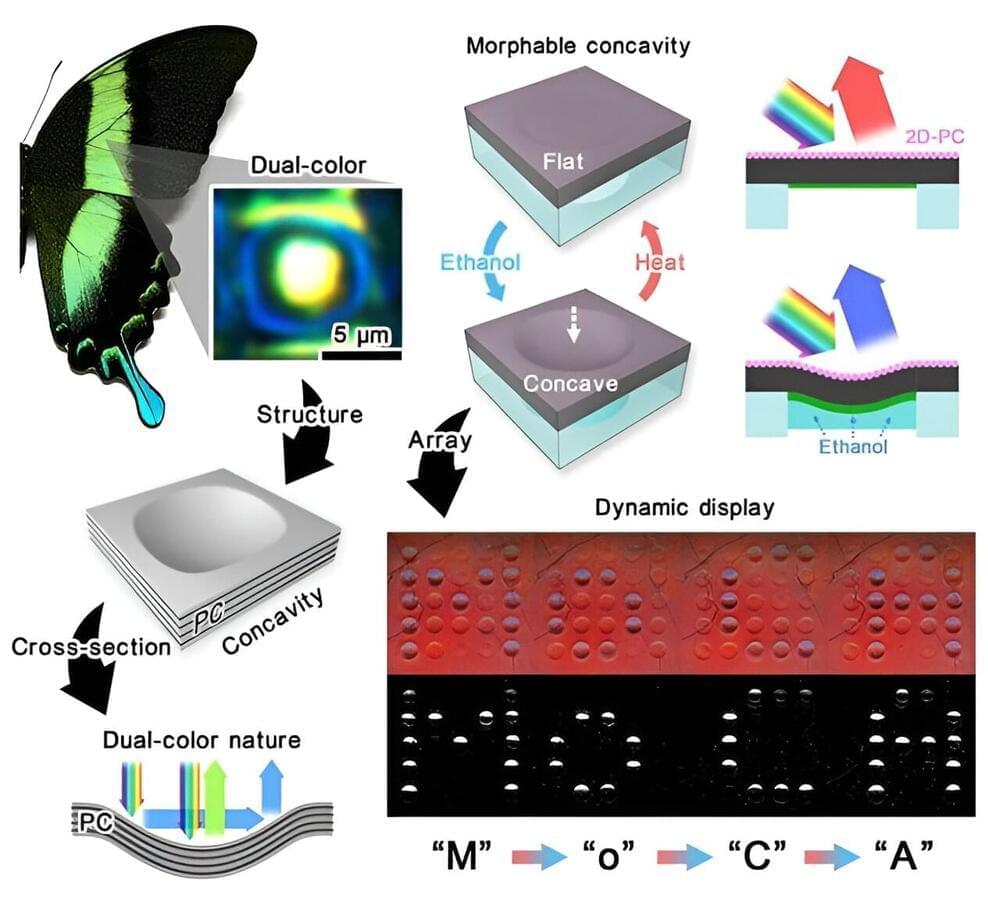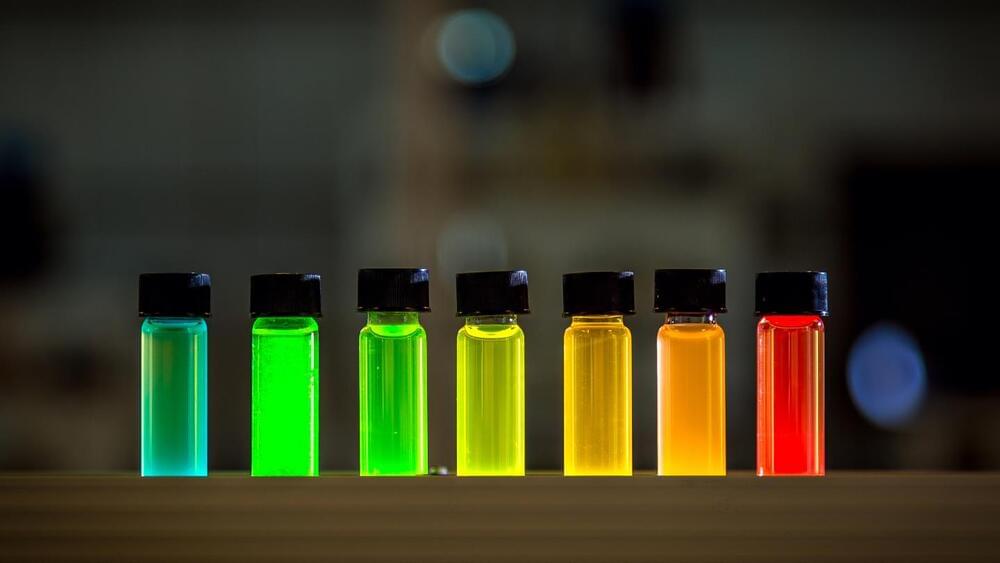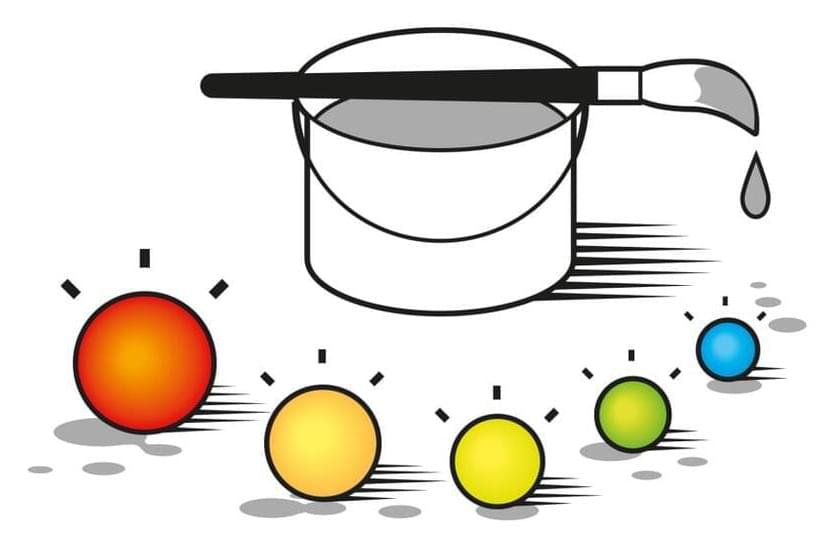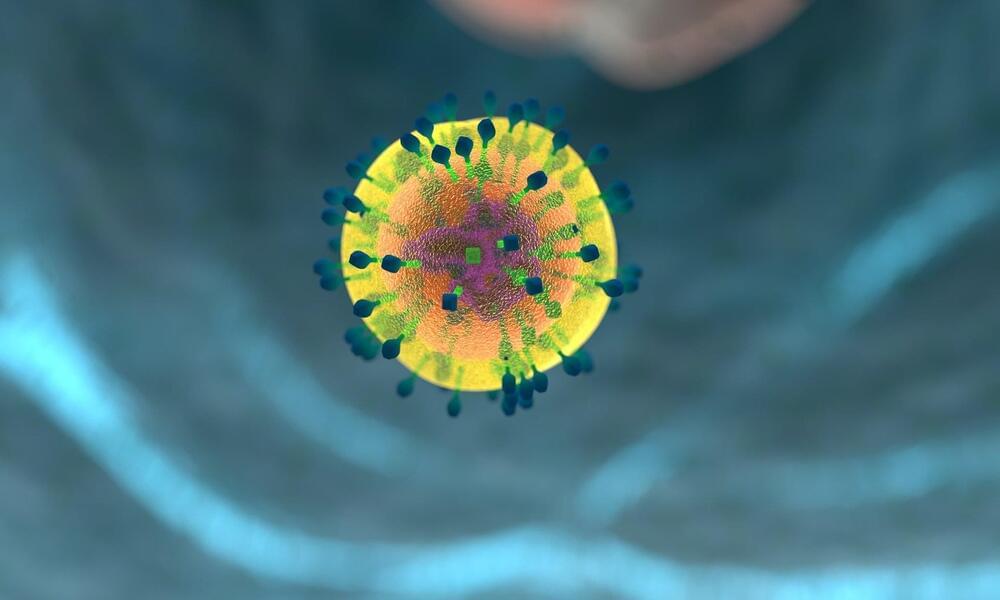Researchers at the University of Hong Kong (HKU) have designed an innovative pixelated, soft, color-changing system called a Morphable Concavity Array (MoCA).
Pixelated, soft, color-changing systems are malleable structures that can change color by manipulating light. They have applications in a wide range of industries, from medical bandages that change color if there is an infection, to foldable screens on smartphones and tablets, as well as wearable technology where sensors are integrated into the clothing fabric.
The research was co-directed by Professor Anderson Ho Cheung Shum from the Department of Mechanical Engineering at HKU, and Professor Mingzhu Li from the Institute of Chemistry, Chinese Academy of Sciences, and led by Dr. Yi Pan from the Department of Mechanical Engineering at HKU.





